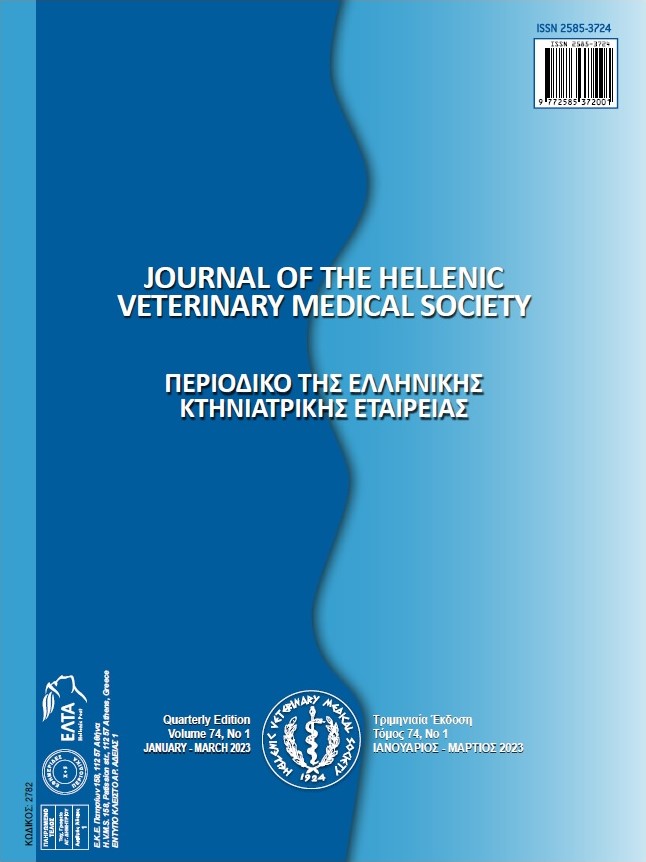Mycobacterium genavense splenitis in a pet rabbit (Oryctolagus cuniculus) presented for fracture

Abstract
Mycobacteriosis is an uncommon infection that has been sporadically described among wild, farmed and pet rabbits. To date, only one case of Mycobacterium genavense infection has been reported in a dwarf rabbit presenting with granulomatous pneumonia. This new case report describes granulomatous splenitis caused by M. genavense in a pet rabbit brought in for lameness caused by a femoral fracture. The initial blood test, X-ray, abdominal ultrasound, and bone marrow and spleen cytology results were consistent with a diagnosis of a metastatic giant-cell tumour. The rabbit underwent successful femoral osteosynthesis, and six months later, following the occurrence of a second spontaneous fracture and a worsening of overall health, the patient was euthanised. The postmortem histological examination showed severe granulomatous splenitis caused by acid-fast bacilli identified as M. genavense by real-time PCR analysis. The route of infection remains unknown, yet the lack of pulmonary involvement likely rules out airborne transmission. M. genavense infection, although rarely described in pet rabbits, appears to be an emerging pathogen and should be included among the differential diagnoses for pneumonia and splenomegaly.
Article Details
- How to Cite
-
Paoletti, C., Rosas-Navarro, J., Godart, P., & Quinton, J. (2023). Mycobacterium genavense splenitis in a pet rabbit (Oryctolagus cuniculus) presented for fracture. Journal of the Hellenic Veterinary Medical Society, 74(1), 5477–5484. https://doi.org/10.12681/jhvms.29145 (Original work published April 12, 2023)
- Issue
- Vol. 74 No. 1 (2023)
- Section
- Case Report

This work is licensed under a Creative Commons Attribution-NonCommercial 4.0 International License.
Authors who publish with this journal agree to the following terms:
· Authors retain copyright and grant the journal right of first publication with the work simultaneously licensed under a Creative Commons Attribution Non-Commercial License that allows others to share the work with an acknowledgement of the work's authorship and initial publication in this journal.
· Authors are able to enter into separate, additional contractual arrangements for the non-exclusive distribution of the journal's published version of the work (e.g. post it to an institutional repository or publish it in a book), with an acknowledgement of its initial publication in this journal.
· Authors are permitted and encouraged to post their work online (preferably in institutional repositories or on their website) prior to and during the submission process, as it can lead to productive exchanges, as well as earlier and greater citation of published work.


